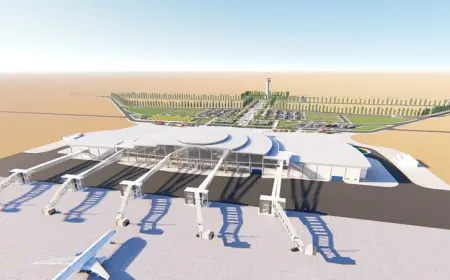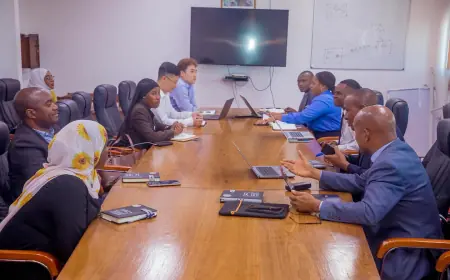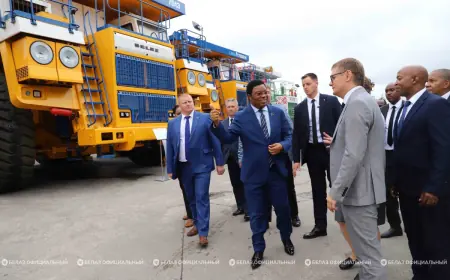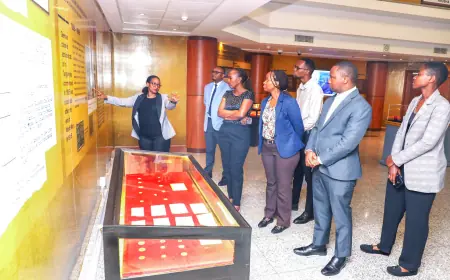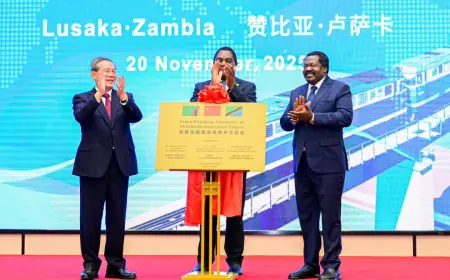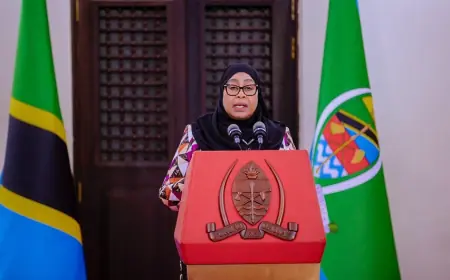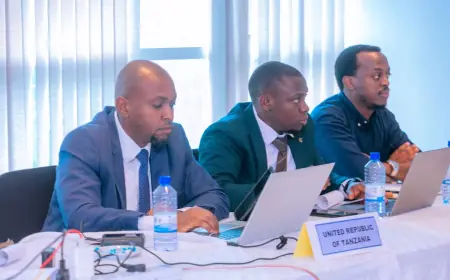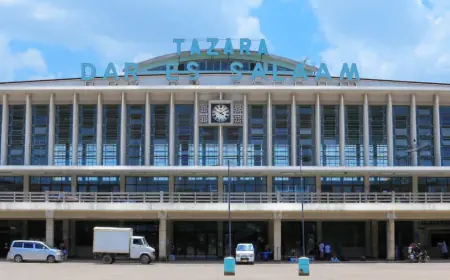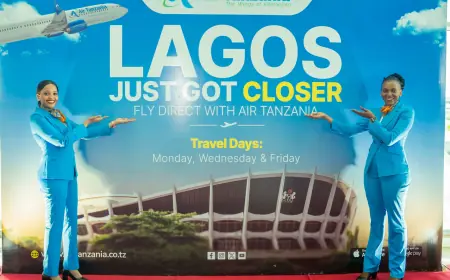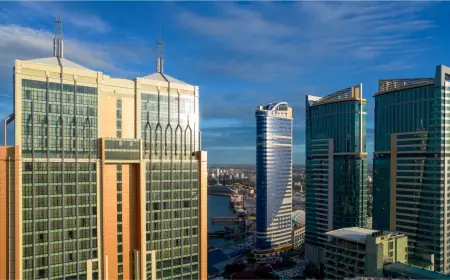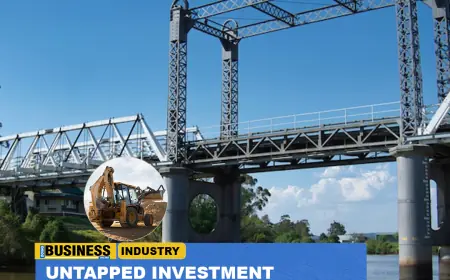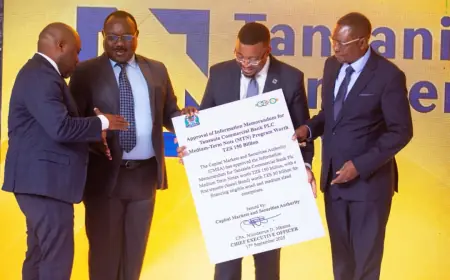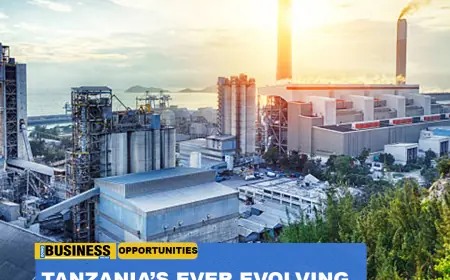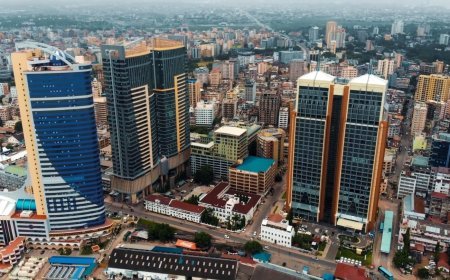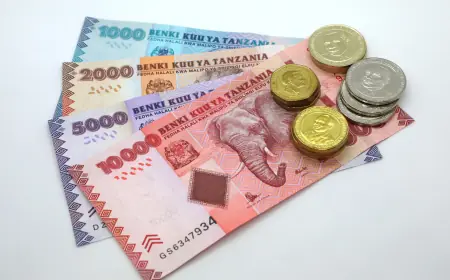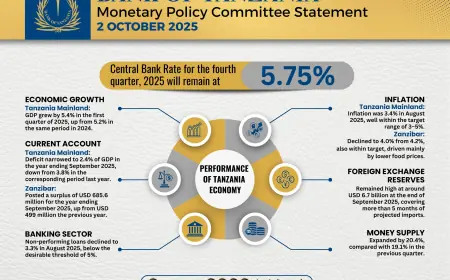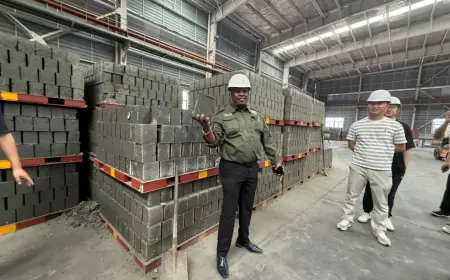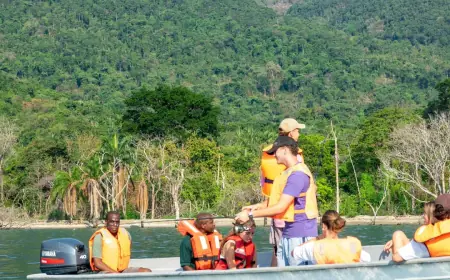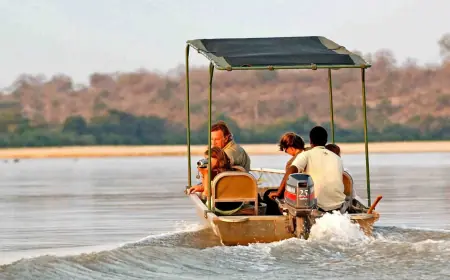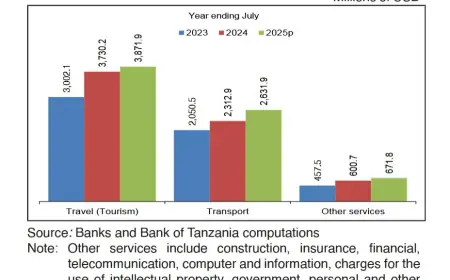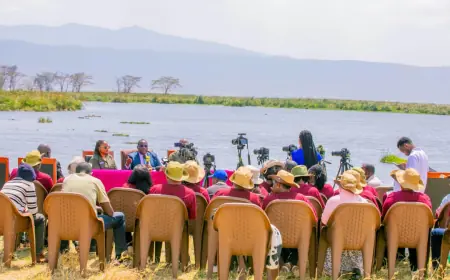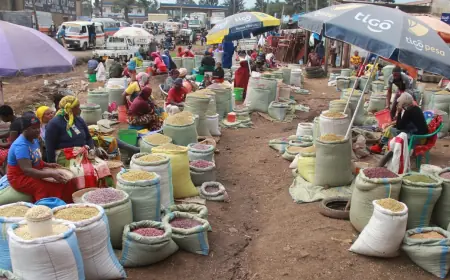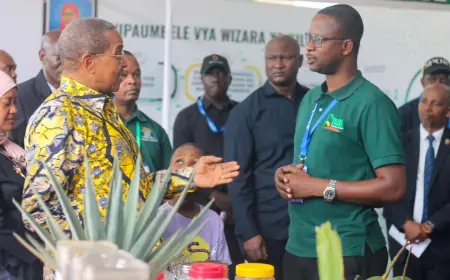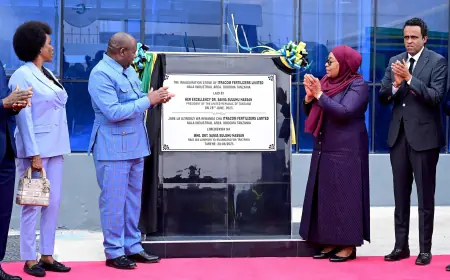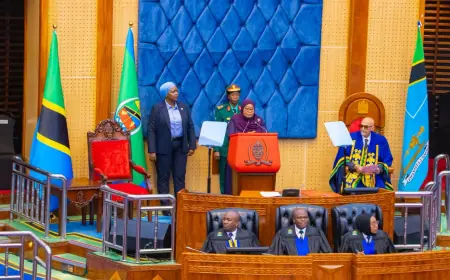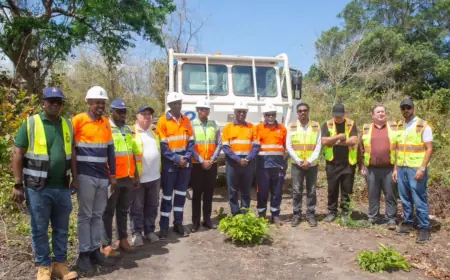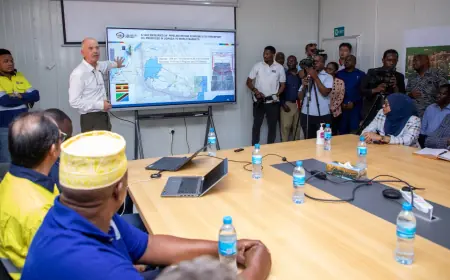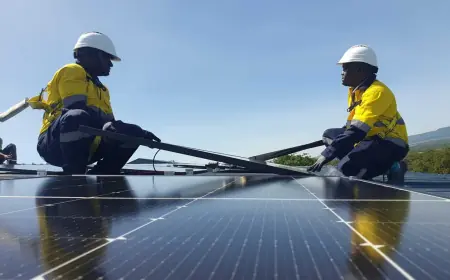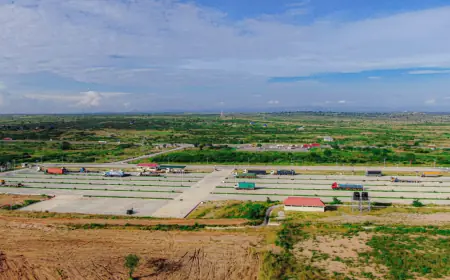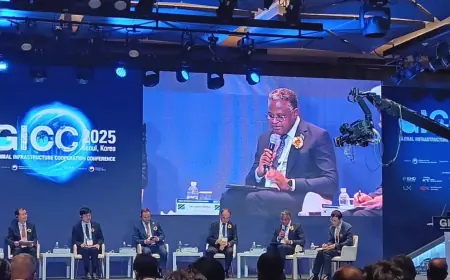Improved Tanga Port poses fierce competition for Mombasa
Tanga Port, once a modest facility in Tanzania, has undergone significant upgrades to become a serious competitor to Kenya's Port of Mombasa. With a deepened harbor, modern infrastructure, and competitive pricing, Tanga Port is emerging as a key player in East Africa's maritime trade, especially for northern Tanzania and landlocked countries. The port’s expanded capacity, reduced operational costs, and strategic location position it as a viable alternative for regional trade.
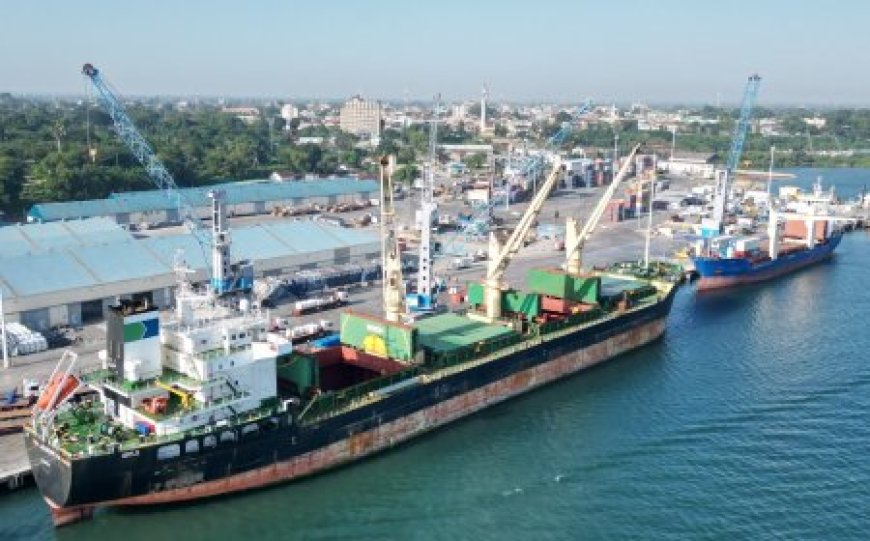
For decades, Kenya's Port of Mombasa has been East Africa's unrivaled maritime hub, playing a crucial role in facilitating the region's trade with the world.
However, the winds of change are blowing from Tanzania where Tanga Port, once a modest coastal facility, has undergone transformative upgrades that now position it as a viable and formidable competitor.
Strategically located along the Indian Ocean and bolstered by a series of ambitious infrastructural enhancements, Tanga Port is rapidly emerging as an attractive alternative, with recent developments beginning to challenge Mombasa's dominance, especially in handling cargo bound for northern, western Tanzania and landlocked countries of Burundi, Eastern DRC, Rwanda, and Uganda.
Significant upgrades at Tanga Port, a strategically advantageous location, combined with competitive tariffs and fees, have elevated its stature as a viable alternative to Mombasa.
Tanga Port's origins can be traced back to the 1880s when it was established by German colonialists. For decades, it served as a small, yet important, port for Tanzania, primarily handling domestic cargo.
However, its limited draft of only three meters restricted its capacity to accommodate large vessels, with most cargo operations taking place offshore.
Ships had to anchor nearly two kilometers from the quay, resulting in increased operational costs and delays. The port's infrastructure was outdated, with only 450 meters of berth length and no modern cargo-handling equipment.
Recognizing the port's potential and its strategic location, the Tanzanian government decided to embark on a massive rehabilitation and expansion project aimed at transforming Tanga into a modern, efficient facility capable of handling the growing demands of international shipping and trade.
This initiative has been driven by a vision of making Tanzania not only self-sufficient in logistics but also a leading player in regional and global trade.
The revitalization of Tanga Port was implemented in two significant phases. The first phase, initiated in August 2019 and completed in June 2022, saw a Sh172.3 billion investment.
One of the key goals of this phase was to dredge the harbor, deepening its draft from three meters to 13 meters, which allowed the port to accommodate Panamax-class vessels.
The entrance channel was widened to 135 meters, and the turning basin was expanded to 800 meters. Sixteen modern cargo-handling machines, including two mobile harbor cranes, were added to streamline operations and increase efficiency.
The second phase of the expansion, which concluded in April 2024, came with a further investment of Sh256.8 billion.
This phase extended the quay by 142 meters, bringing the total berth length to 592 meters. State-of-the-art fire safety, electrical, water, and ICT systems were also installed.
The new infrastructure enables Tanga Port to handle significantly higher volumes of cargo, reduce turnaround times, and lower operational costs.

Following these upgrades, Tanga Port has seen a remarkable increase in its performance.
Cargo volumes have grown substantially, rising from 470,611 metric tonnes in 2019/20 to 1,191,480 metric tonnes in 2023/24. This represents an average annual growth of 27.2%.
The number of vessels calling at the port has more than doubled, from 118 ships in 2019/20 to 307 ships in 2023/24. This increase in traffic has been supported by the port’s modernized cargo-handling infrastructure and reduced operational delays.
One of the significant milestones in Tanga’s resurgence has been its ability to handle specialized cargo.
In September 2024, the port received a shipment of 700 vehicles, demonstrating its capacity to handle automotive imports and further diversifying its cargo portfolio.
"This is a major step forward. Tanga Port is now fully equipped to handle larger shipments, including vehicles, which boosts the local economy as it brings more business to hotels and service providers in the region," port officials said.
Tanga Port’s competitive pricing structure has been one of the most compelling factors attracting shippers and businesses away from Mombasa.
According to the Kenya Ports Authority’s 2012 tariff book and Tanzania Ports Authority’s 2023 Sea Ports Tariff Book, Tanga Port offers significantly lower fees for many key services compared to Mombasa.
For example, pilotage fees at Mombasa are $6.00 per 100 gross tonnage (GT), while Tanga Port charges only $3.50 per 100 GT.
Storage fees further demonstrate Tanga’s competitive edge. While Mombasa offers a free storage period of four days, it charges $30 to $45 per day for containers exceeding 20 feet after that period.
In contrast, Tanga Port extends the free storage period and charges a more affordable rate of $10 to $20 per day thereafter.
This lower pricing is especially attractive to businesses dealing with bulk and containerized cargo, as it allows them to reduce their operational costs significantly.
Cargo handling services at Tanga Port are also more affordable. While Mombasa Port charges up to $80 per metric tonne for certain types of bulk cargo, Tanga’s rates are set at $50 per metric tonne. This price differential has not gone unnoticed by shippers.
Moreover, Mombasa has long struggled with congestion, which often leads to delays and additional costs for shippers.
This problem, combined with bureaucratic hurdles at the Kenya-Tanzania border, has made businesses increasingly frustrated with Mombasa’s efficiency.
Tanga, with its lower congestion and more efficient cargo handling, is proving to be a welcome alternative.
Besides Mombasa being more expensive in terms of port charges, many users of Mombasa Port choose to avoid the bureaucratic hurdles at the Kenya-Tanzania border.
This makes Tanga Port an attractive alternative, offering a smoother and more efficient experience for businesses seeking to minimize delays and complications related to cross-border procedures.
Tanga Port’s strategic location makes it an ideal gateway for northern Tanzania and the landlocked countries of Uganda, Rwanda, Burundi, and the DRC.
These nations have traditionally relied on Mombasa for their imports and exports, but with increasing delays and higher costs, they are now turning to Tanga as a faster, more cost-effective option.
The recent rehabilitation of Tanzania's Central Line railway, which connects Tanga to Uganda, further strengthens this corridor’s viability as a transit route for regional trade.
Beyond its immediate service area, Tanga Port is also expected to play a key role in Tanzania’s broader port modernization strategy.
The government plans to make Tanga a hub for oil and gas exports once production begins in the region.
The East African Crude Oil Pipeline (EACOP) project, which is nearing completion, is set to transform Tanga into a critical logistics hub for crude oil exports from Uganda.
This project will not only increase Tanzania’s economic competitiveness but also boost the overall trade capacity of the port.
Speaking on a recent visit to the port, Tanzania Ports Authority (TPA) Director General Plasduce Mbossa emphasized the significance of the upgrades: "What we’ve done here is create a foundation for future growth. With the right infrastructure in place, Tanga has the potential to become a major player in global trade, not just regional."
Additionally, the growth of the sisal industry and the arrival of new industries such as cement manufacturing are set to restore Tanga to its former glory.
The burgeoning demand in these sectors is expected to drive significant economic activity and further enhance the port's role as a central trade hub.
One of the most exciting developments for Tanga Port is its growing role in Tanzania’s agricultural sector.
The government has identified Tanga as the primary port for the export of agricultural produce, including perishable horticultural products such as avocados and flowers.
Sisal, a bulky main cash crop in Tanga and the nearby Morogoro Region would now be transported exclusively through Tanga port.
Farmers from as far as the Njombe Region have already shown interest in using the port for their export needs, particularly after seeing the new facilities designed to handle perishable goods efficiently.
Tanga port officials say cold storage facilities and specialized handling equipment have been installed to ensure that perishable items can be stored and shipped without spoilage.
Horticultural exporters from Arusha and Kilimanjaro, who previously relied on Mombasa for their export needs have now found a near viable alternative without the hustle of crossing borders.
By shifting to Tanga, these exporters can reduce transportation times, avoid border delays, and benefit from lower shipping costs.
As Tanga Port continues to expand its capacity and attract new business, the shift in East African trade dynamics is becoming increasingly evident.
By offering lower costs, shorter transit times, and more efficient operations, Tanga is positioning itself as a competitive alternative to Mombasa.
For businesses in northern Tanzania and landlocked countries, Tanga offers an attractive gateway to global markets without the bureaucratic headaches and higher fees often associated with Mombasa.
The improvement of Tanga Port is a key element in the Tanzanian government's broader strategy to revive the Tanga Development Corridor.
This initiative is a regional integration endeavor that stretches from Tanga to several East African nations, particularly those surrounding Lake Victoria, including Uganda, Burundi, Kenya, and Rwanda.
The corridor passes through important Tanzanian towns such as Moshi, Babati, Singida, Shinyanga, Bukoba, and Kigoma.
One of the flagship projects within this corridor is the EACOP.
This project is designed to transport crude oil from Uganda's oil fields to the Port of Tanga, further establishing the port as a vital logistics and trade hub.
The establishment of the Tanga Corridor is expected to not only boost regional trade but also drive significant improvements in infrastructure, transportation networks, and economic development, unlocking immense potential for both Tanzania and its neighbouring countries.

OPPORTUNITIES FOR INVESTORS FROM IMPORVED TANGA PORT
The overhaul of Tanga Port marks a transformative moment in Tanzania's economic landscape, ushering in a wave of investment opportunities poised to reshape the region’s business environment.
With the port's modernization enhancing its role as a pivotal trade hub, various sectors stand to benefit. Here’s an in-depth look at the key areas ripe for investment:
With Tanga Port’s increased capacity, the establishment of Inland Container Depots (ICDs) is crucial. ICDs serve as logistical centers for consolidating and managing cargo before it reaches its final destination.
Investing in ICDs will facilitate smoother cargo flow, reduce congestion at the port, and streamline supply chains.
Strategic placement of these depots will enhance efficiency in cargo handling and distribution, benefiting both importers and exporters.
The surge in cargo volumes at Tanga Port will drive demand for freight forwarding and logistics solutions.
These businesses are essential for managing the transport and delivery of goods, ensuring efficient and timely operations.
Investing in freight forwarding companies and logistics firms will support the port’s expanded operations and contribute to a streamlined supply chain, reinforcing the port’s role as a regional logistics center.
The upgraded port infrastructure necessitates expanded warehousing facilities to accommodate the increased volume of goods.
Effective warehousing will ensure proper storage and management of cargo.
Additionally, Tanga Port’s involvement in handling oil and gas exports highlights the need for specialized oil storage facilities.
Investing in warehousing and oil storage infrastructure will bolster the port’s efficiency and support its role in managing bulk and perishable goods.
As port activities and transportation needs grow, so does the demand for vehicle repair and maintenance services.
Establishing vehicle repair facilities will support the fleet involved in cargo handling and logistics, ensuring smooth and reliable operations.
This investment will enhance the overall efficiency of transportation networks and contribute to the port’s operational effectiveness.
The revitalization of Tanga Port presents an opportunity for industrial developments. Growth in industries such as cement production and manufacturing is expected to benefit from the port’s enhanced infrastructure.
Investing in industrial facilities will facilitate the import of raw materials and the export of finished products, driving economic growth and supporting the region’s industrialization efforts.
The expansion of Tanga Port opens new avenues for shipping agencies and shipping solutions firms.
These businesses are vital for managing maritime logistics, including vessel scheduling, cargo tracking, and customs coordination.
Investing in shipping agencies will enhance the efficiency of port operations and improve the overall shipping experience for clients.
Additionally, shipping solutions providers will offer comprehensive services to optimize maritime logistics, further supporting the port’s role as a key trade hub.
The revitalization of Tanga Port is set to attract a significant influx of business travelers, traders, and tourists. This increased activity creates a demand for expanded hospitality services.
Investments in hotels, guesthouses, and other accommodation facilities will cater to the growing demand, providing amenities and services for port personnel, business visitors, and tourists. Developing a robust hospitality sector will enhance the region’s appeal and contribute to local economic growth.
As Tanga Port stimulates economic activity and population growth, there is a burgeoning need for retail and commercial spaces. Investing in shopping malls and retail outlets will offer residents and visitors access to a wide range of goods and services.
These developments will create vibrant commercial hubs, stimulate local businesses, and enhance the overall shopping experience in the area.

What's Your Reaction?
 Like
1
Like
1
 Dislike
0
Dislike
0
 Love
0
Love
0
 Funny
0
Funny
0
 Angry
0
Angry
0
 Sad
0
Sad
0
 Wow
0
Wow
0
